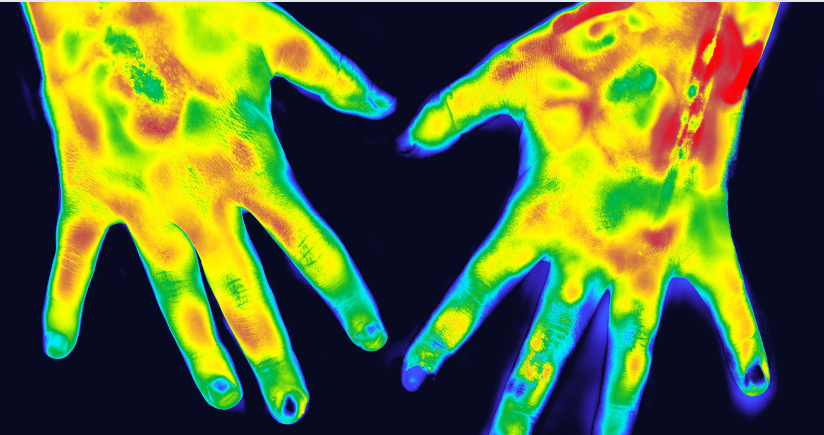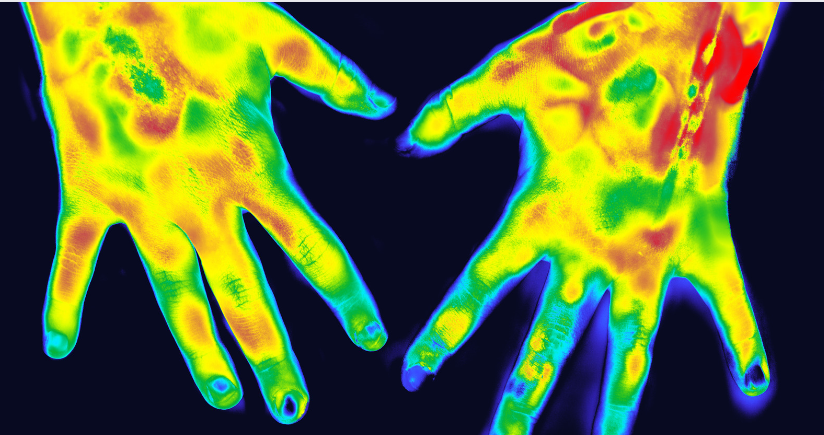Amino acids are crucial to the human body, forming the proteins that makeup tissues, muscles, skin, organs, and hair. They also act as precursors to the enzymes and neurotransmitters that regulate almost all metabolic processes. They are essential for maintaining good health and well-being.
Normally, we obtain all the amino acids we need from our diet. However, in many cases, our diet is insufficient to provide the many amino acids necessary for full and balanced neurotransmitter (NT) production. In such cases, specific amino acid blends can be a valuable treatment.
The main focus of amino acid therapy is on the serotonin-catecholamine system. When this system is balanced, it seems to control and balance the glutamate-GABA system.
To achieve successful amino acid therapy, it is important to note that it is not as simple as giving a standard dosage of amino acid supplements. The natural production and breakdown of NTs in the body share some of the same enzymes to promote the reactions. Giving too much of one amino acid can cause a depletion of competing amino acid-NT pathways. Therefore, it is important to supply L-Tyrosine and 5HTP in the right amounts.
Amino acids IV therapy works by infusing vital nutrients into your bloodstream, which can enhance your health and wellbeing. This treatment can improve athletic performance, mental clarity, and muscle growth.
Why the Body Needs Amino Acids
Amino acids are known as essential building blocks. They are involved in growth and development, healing and repair, digestion, and supplying energy to the body. They affect the body’s normal processes and play an active role in many body functions, such as the formation and development of muscles, ligaments, and skin, maintaining good skin, hair, and nails, strengthening muscles and tissues, and regulating moods affected by hormones.
The presence of essential amino acids is vital to the body. For example, Valine is required for tissue regeneration, muscle growth, and growth hormone production. It is one of the essential amino acids that aids in muscle repair and recovery, lowers blood sugar, and increases energy levels. Tryptophan is used to synthesize neurotransmitters, enzymes, and proteins and is essential for infants’ normal growth and development. Threonine is used in the synthesis of proteins and is used in the treatment of a range of nervous system disorders. Phenylalanine is a precursor for neurotransmitters like norepinephrine, epinephrine, and dopamine and is studied as a treatment for several conditions, including vitiligo, ADHD, depression, and chronic pain.
Symptoms of Amino Acid Deficiency
Our bodies cannot produce essential amino acids and must come from the food we eat. Although some of us don’t get enough amino acids from our diet, others have trouble properly breaking down and assimilating the amino acids that we do take in. Maldigestion and intestinal inflammation are two of the more common reasons that amino acids might not be absorbed in the digestive tract. Stress, intense exercise, infections, antibiotics, and antacids can contribute to these issues and affect your ability to absorb amino acids.
Amino acid deficiency can negatively affect physical performance, leading to
- Sarcopenia
- lower immunity
- depression, anxiety
- digestive issues
- reduced cognitive function in older adults.
Benefits of Amino Acids IV Therapy
Amino acid supplements are crucial for maintaining good health, but some people may face certain challenges in consuming them orally. If you are unable to absorb nutrients properly due to medication or preexisting conditions, IV therapy may be the solution. By introducing amino acids directly into the bloodstream, IV therapy ensures complete absorption.
Enhance Athletic Performance
Amino acids are vital not only for muscle building but also for minimizing muscle loss that occurs with aging. Amino acid supplementation is the perfect way to maintain regular exercise routines and replenish lost muscle mass.
Improve Muscle Growth
After exercise, amino acids can promote protein synthesis recovery. With IV therapy, your muscles can receive the amino acids they need to prepare for your next workout. Proper exercise and nutrition can result in improved muscle growth.
Boost Physical Endurance
For athletes who rely on short bursts of power, glycogen depletion is a severe issue. Amino acids regulate how your body uses fats and carbohydrates, which can help increase endurance.
Enhance Mental Clarity
Higher levels of amino acids can improve your ability to remember things and act quickly, which can be a great advantage in sports.
Experience Immediate, Effective Results
Digestive processes do not affect IV therapy. This means that the body can use what it needs effectively. IV formulations make amino acids immediately available to fuel cells in the body. Compared to other treatments, IV therapy can provide you with immediate benefits.
What’s In An Amino Acid Infusion?
Amino acid IV therapy uses hypocaloric solutions administered through peripheral veins. It might include amino acids such as L-carnosine, L-Arginine, L-Glutamine, and L-Lysine, as well as B vitamins and Vitamin C.
L-Arginine:
L-Arginine is an amino acid that aids in protein synthesis and helps build muscle and rebuild tissue. It is used for a range of conditions such as intestinal disease in premature babies, high blood pressure, peripheral arterial disease, and chest pain. The intravenous administration of L-Arginine can regulate blood pressure and improve endothelial function in those with coronary heart disease.
L-Carnitine:
L-Carnitine is a derivative of an amino group that the body produces naturally. It helps in breaking down fatty cells, supports liver and kidney function in those with organ failure, and reduces weakness and fatigue in cancer patients undergoing chemotherapy. Taking L-Carnitine via amino acid injection helps improve red blood cell count and markers of inflammation and anemia.
L-Citrulline:
L-Citrulline is a nonessential amino acid that stimulates nitric oxide production and improves blood flow. It is used for a number of conditions, including diabetes, high blood pressure, sickle cell disease, dementia, and Alzheimer’s disease. L-Citrulline helps reduce inflammation and lowers oxidative stress when administered through an intravenous infusion.
L-Glutamine:
Another nonessential amino acid, L-Glutamine is a fuel source for immune and intestinal cells. It is used to help recover from chemotherapy, radiation, burns, injuries, and surgery. L-Glutamine can be administered intravenously to speed recovery after surgery, boost metabolism, and improve gastrointestinal health. It is also used in cellular detox therapies and helps improve focus and memory.
L-Lysine:
L-Lysine is an amino acid that aids collagen synthesis, facilitates calcium absorption, and supports muscle turnover. People with L-Lysine deficiency experience symptoms such as loss of appetite, dizziness, nausea, fatigue, and anemia. Studies show that taking L-Lysine aids muscle tissue recovery, prevents bone loss, and improves the healing of cold sores. When administered through an IV drip, L-Lysine promotes collagen synthesis, facilitates calcium and zinc absorption, improves immune function, and prevents bone loss and osteoporosis.
L-Ornithine:
L-Ornithine plays a role in the excretion of excess nitrogen and is the precursor of amino acids such as arginine and citrulline. Given into a vein in an IV drip, it helps improve muscle protein synthesis and liver function.
Methionine:
Methionine is an important sulfur-containing amino acid involved in producing glutathione and cysteine. Glutathione plays a key role in tissue building and repair and is a powerful antioxidant. Cysteine helps produce collagen and is a key protein in hair, skin, and nails.
When To Consider IV Amino Acid Therapy?
Amino acid therapy can benefit patients with a broad range of conditions, including depression, anxiety, drug and alcohol addiction, sarcopenia or muscle tissue loss, insomnia, and memory loss. Amino acids support the brain’s neurotransmitters and help alleviate the symptoms of all these conditions. Amino acid IV therapy is also beneficial for anyone whose consumption of animal protein is limited.
Amino IV therapy improves the metabolism of body fats, oxygen transfer, and muscle and nervous system regulation. It also helps reduce oxidative damage, regulates blood pressure, reduces allergic response, and improves iron utilization and oxygen transfer in blood circulation.









